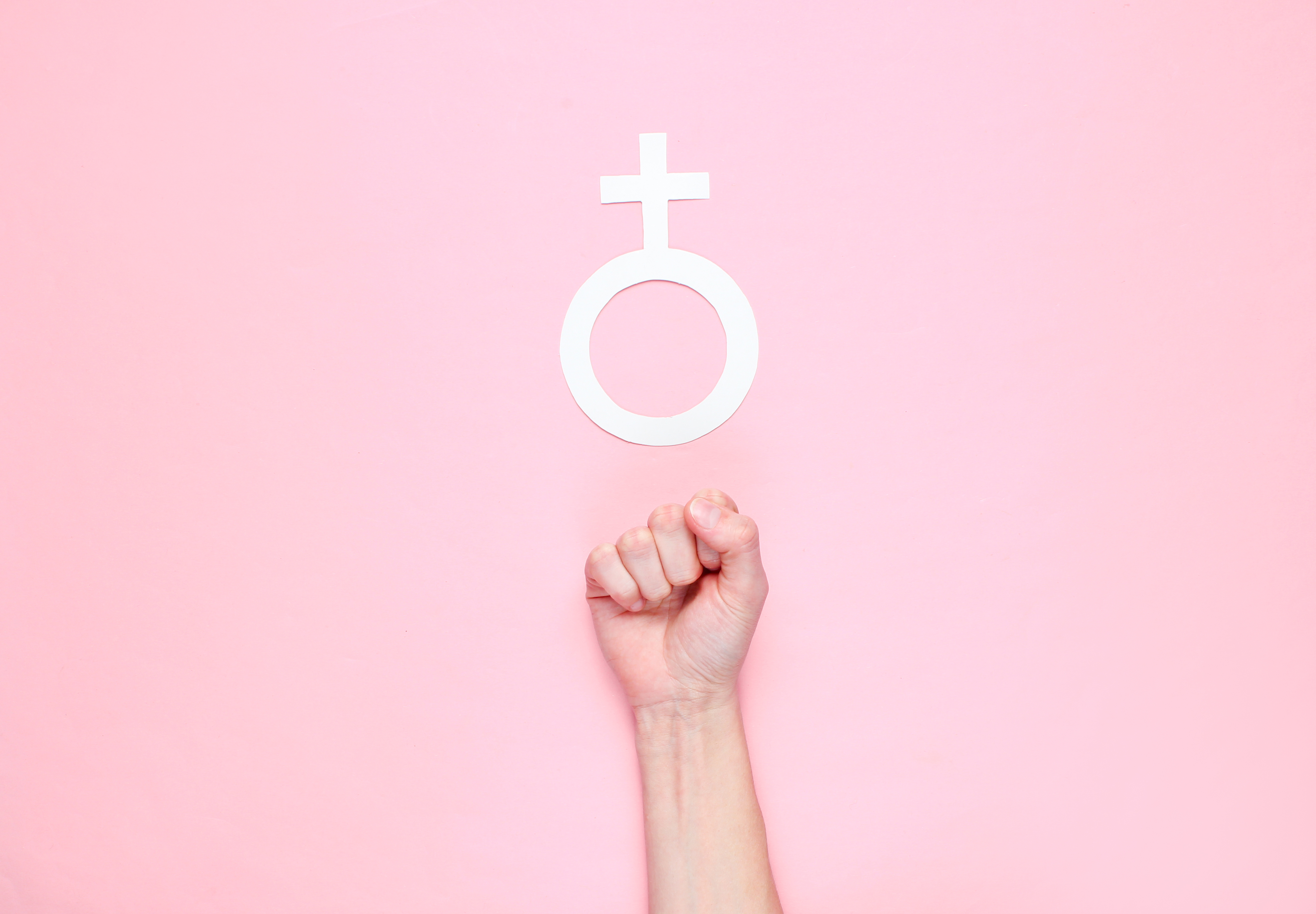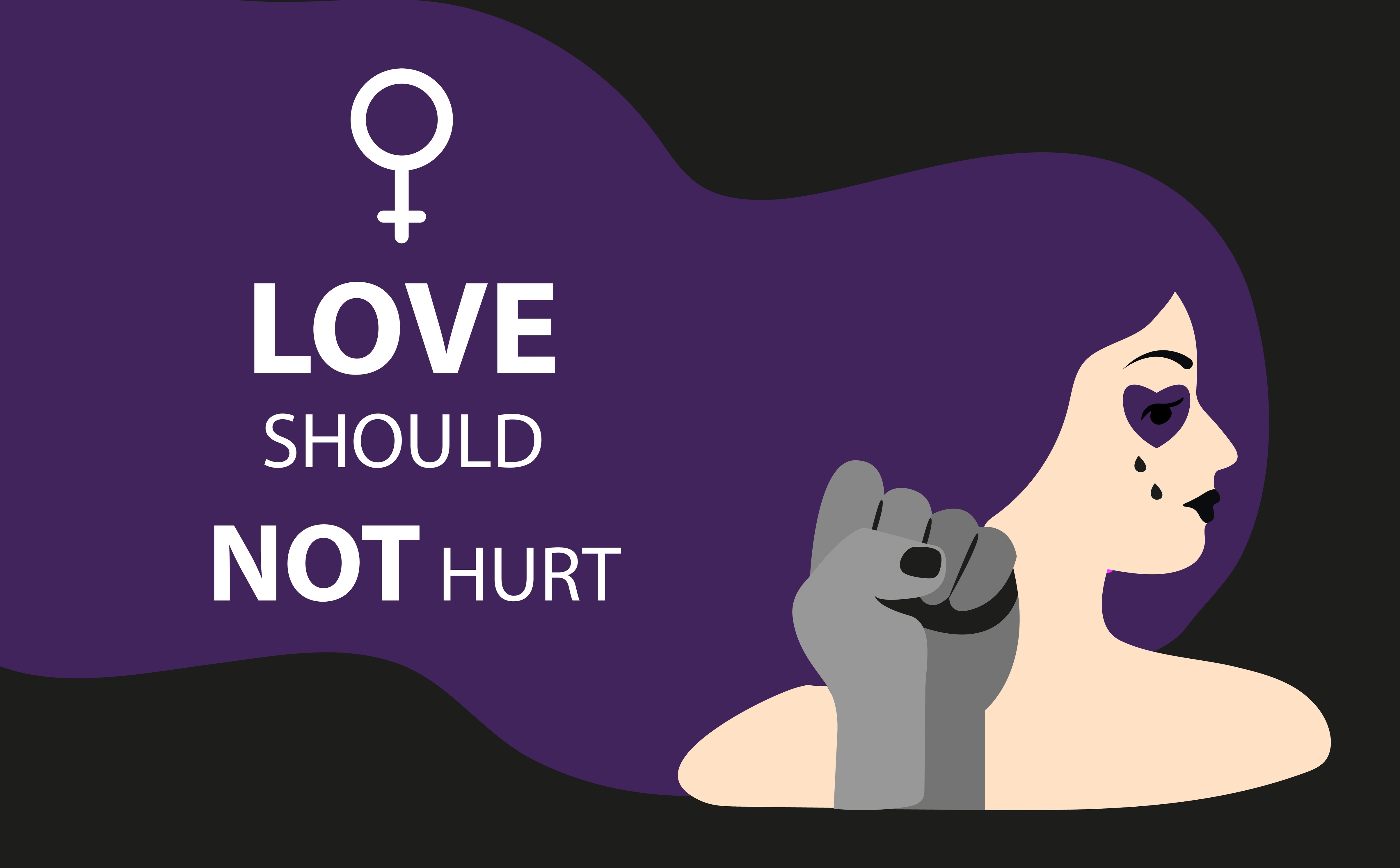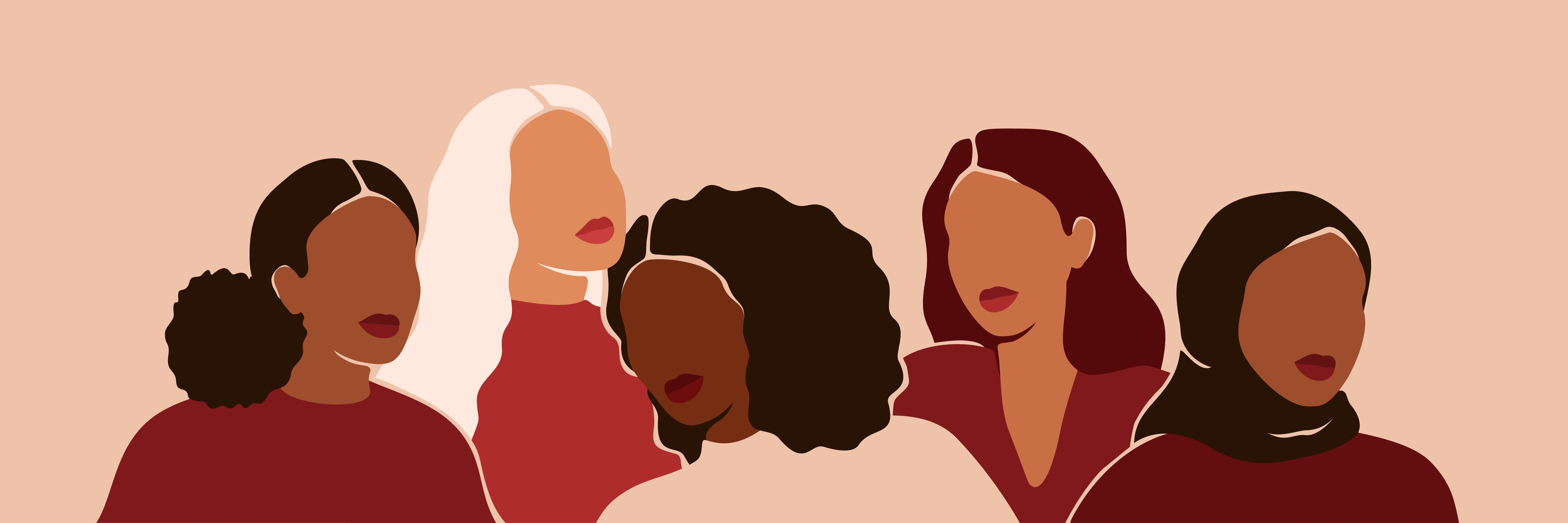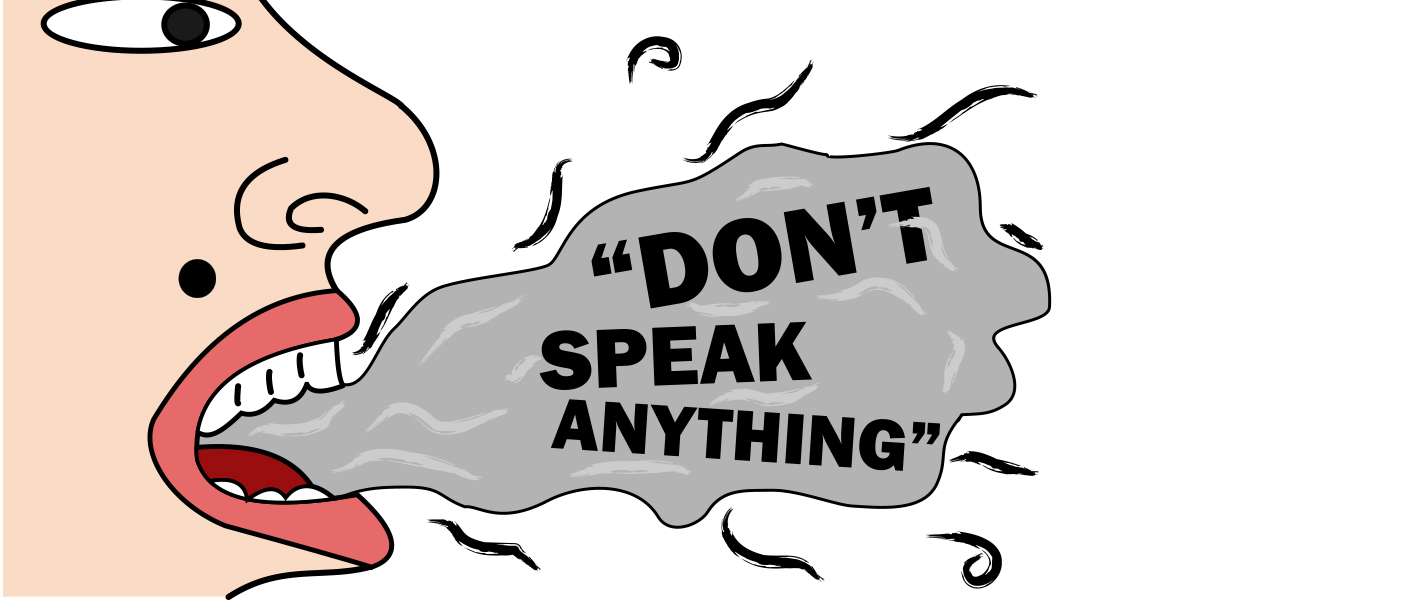Heterofatalism in the Context of Political Lesbianism: A Modern Analysis
The fight for women’s rights and liberation has been going on since the beginning of human civilization until today. In this regard, multiple theories and ideologies have emerged over the years. In this article, we will go back to the second wave of feminism and explore the imprints that the political lesbianism ideology still has on today’s feminism.
The Origins of Political Lesbianism
Political lesbianism is an ideology and a political movement that dates back to the late '60s and early '70s, when a group of lesbians called the revolutionary feminists (RF) argued that heterosexual women needed to get rid of their attraction to men and consider lesbianism as a political stance against the patriarchy. It was rooted in the second wave of feminism, where women took a stand to battle gender stereotypes and advocated for equal rights.
This movement considered heterosexuality to be a tool to further oppress women. The pamphlet “Love Your Enemy?” published in 1981 by RFs argues that giving up the sexual act with a man is actually “taking your politics seriously”.
Additionally, in her book The “Amazon Odyssey”, Ti-Grace Atkinson, a radical feminist, wrote that feminism is the theory and lesbianism is the practice.
The movement faced a lot of controversy and backlash, first from heterosexual women and men. Second, lesbians who considered themselves to be "born that way" condemned it, believing that political lesbians were appropriating the word "lesbian" without first experiencing all of its repercussions.
However, where does this ideology stand in today’s world of inclusion?
How the Movement Takes Shape Today
In the last few years, a new concept has emerged: Heteropessimism. Asa Seresin explains in her article “On Heteropessimism” the term indicates how heterosexuality became a sort of burden to straight women, an orientation that causes them regret, shame, and a lack of freedom. As the queer culture grows to become more flamboyant and attractive as ever, especially when portrayed in the media, the heterosexual culture is becoming somehow a meme. As a result, a lot of straight women felt like they were left behind. Added to the perpetual violence by men against women, heterosexuality seems like a prison for a lot of women. These factors pushed the idea of actually choosing not to be attracted to men, thus revisiting the Political Lesbianism stance.
Additionally, many bisexual non-men followed this movement and chose to reject their attraction to men, which might have caused some of them frustration, confusion, and a feeling of restricting one’s sexuality and romantic attraction.
However, with feminism today being inclined toward intersectionality, political lesbianism, and the second wave of feminism being transphobic and excluding other genders, the movement cannot be entirely relevant today. Lesbianism is not about women hating or fighting men; it is about non-men loving non-men. Nowadays, we cannot talk about feminism without including trans women, women of color, ace women, bisexual women, non-binary people, and notably straight women. We need to mitigate the pressure put on women to forgo their biological needs and take a “serious” stance to fight the “enemy”, toward actually fighting violence and the systematic factors that drive men to commit acts of violence toward women.
In summary, political lesbianism, despite its historical significance, has little relevance in the context of contemporary feminism. Its exclusionary nature and the unrealistic demands it places on women to renounce their natural inclinations in the name of ideology make it an untenable position in today's world. We must move forward with a feminism that is inclusive, respectful of individual choices, and focused on addressing the real issues facing women rather than clinging to an outdated and divisive ideology.
The article represents the views of the blogger and not those of LEED Initiative.

























































































